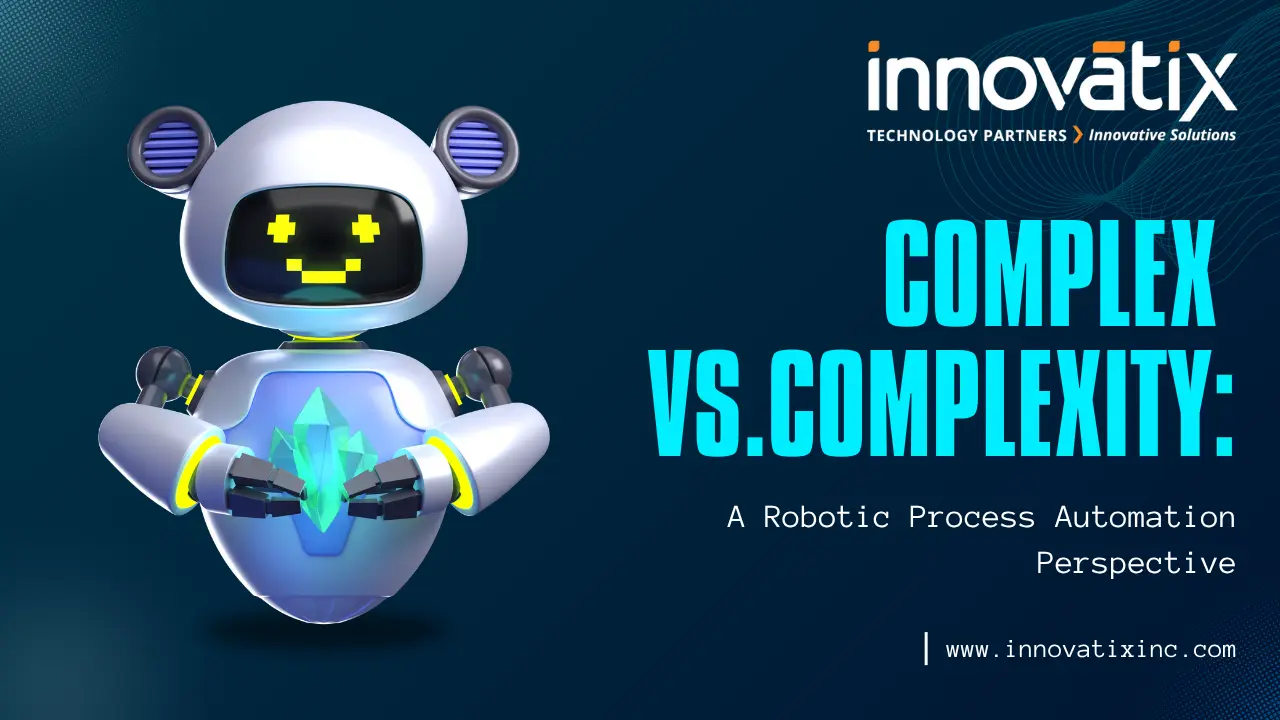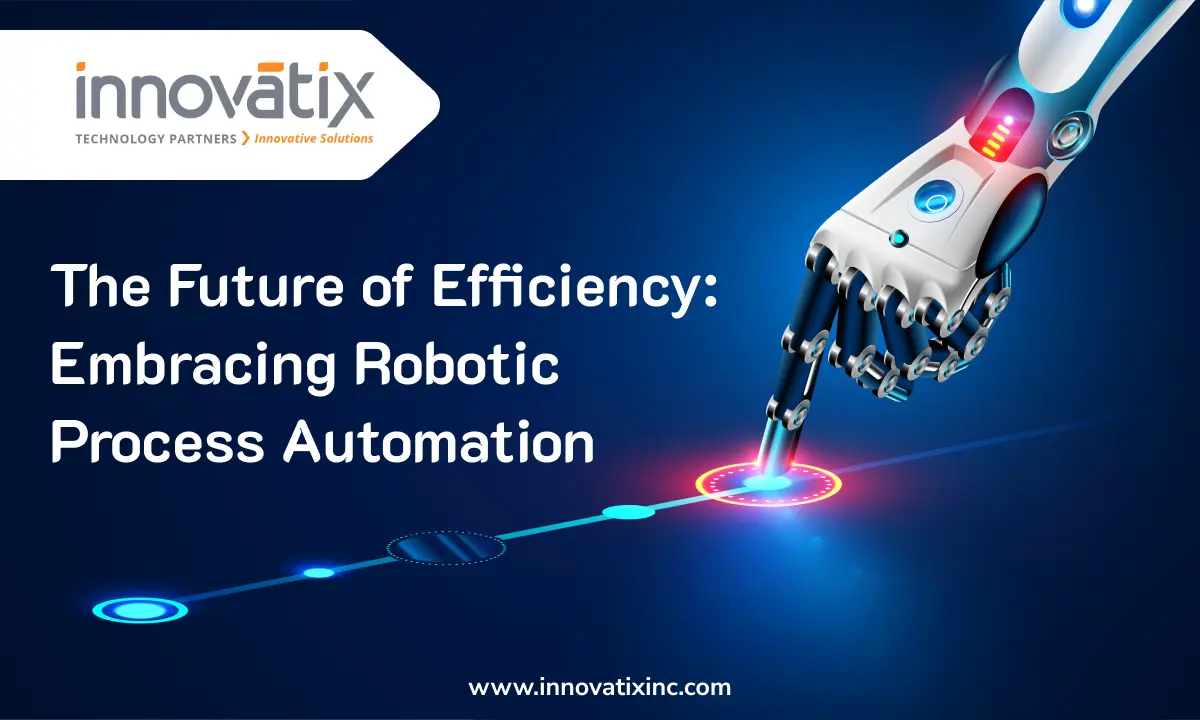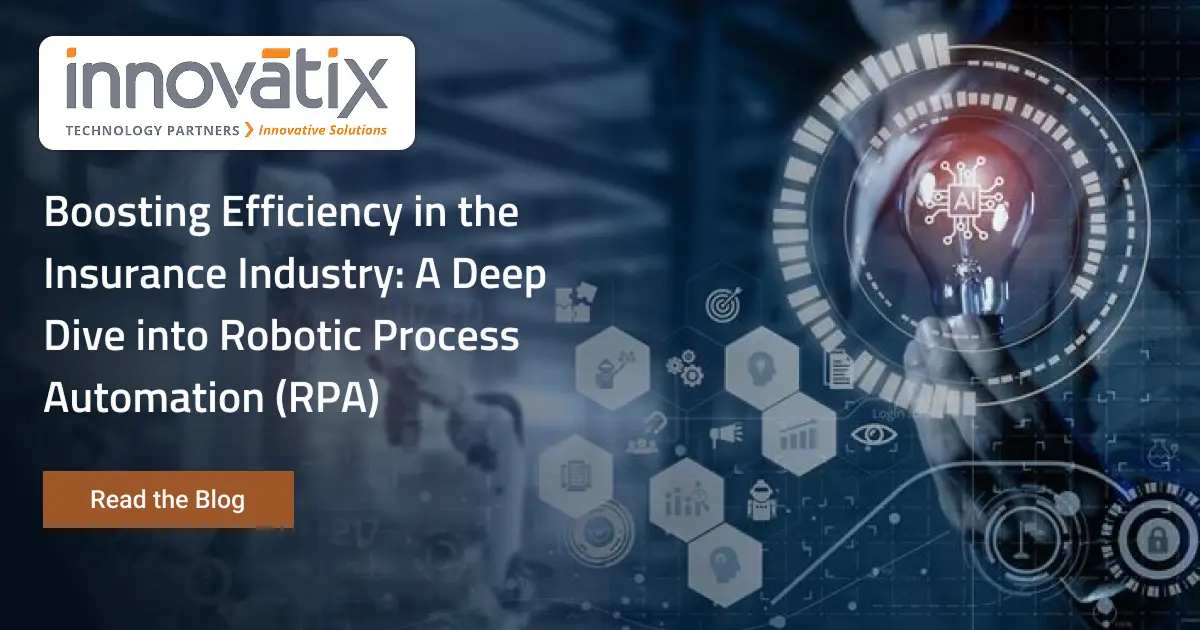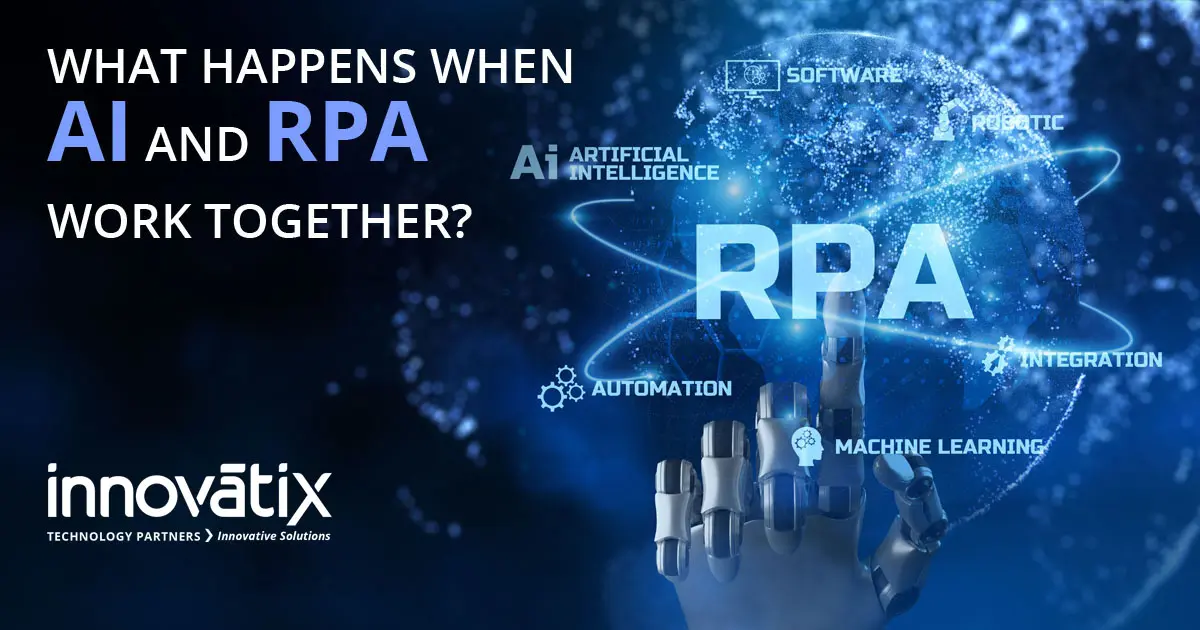Imagine a world where tedious tasks melt away, replaced by seamless efficiency and unwavering accuracy. A world where employees, freed from repetitive drudgery, channel their talents towards innovation and growth. This is not science fiction, but the tangible reality unlocked by Robotic Process Automation (RPA). A Revolution in Efficiency RPA isn’t just a buzzword; it’s a transformative wave reshaping businesses across industries. Gartner predicts 72% of organizations will be working with RPA within the next two years, drawn by its potential to enhance operational efficiency by up to 30% (Deloitte). It empowers software robots to mimic human actions, automating repetitive, rule-based tasks that bog down teams. From Finance to Healthcare, No Industry is Untouched From streamlining finance processes (70% adoption rate, Gartner) to optimizing logistics workflows (25% productivity gains, UiPath), RPA’s magic cuts across sectors. It tackles the age-old challenge of balancing cost and efficiency, offering a solution that’s both powerful and versatile. Momentum Unstoppable, Benefits Unmatched The rise of RPA isn’t a fad; it’s a force propelled by the promise of increased accuracy (up to 90% error reduction, BluePrism) and boosted productivity. Businesses recognize that robotic process automation is no longer a luxury, but a necessity for survival in the competitive digital age. Its scalability and adaptability (faster time to market by 56%, Automation Anywhere) allow organizations to effortlessly adjust and thrive. A Gateway to a Brighter Future In today’s digital maelstrom, embracing RPA offers a lifeline to stability and progress. The burgeoning robotic process automation market (valued at $2.8 billion in 2022, Gartner) signifies a steadfast commitment to this technology, solidifying its role in shaping a future defined by precision, efficiency, and cost-effectiveness. RPA isn’t just a buzzword; it’s the blueprint for a new era of business operations. Unlocking the Power of RPA for Your Business Beyond the hype, RPA stands as a revolutionary tool capable of significantly enhancing the efficiency (20-30% increase, Forrester), accuracy, and productivity of your organization. Let’s delve into the key benefits your business can reap with RPA solutions from various robotic process automation companies: Effortless Efficiency: Repetitive tasks are the bane of productivity. RPA automates these time-consuming processes, freeing your team to focus on strategic endeavors. Imagine tasks like data entry and report generation (cost savings of up to 60%, KPMG) handled flawlessly by software robots, while your employees tackle high-value activities. This translates to a significant boost in productivity and operational efficiency (with ROI averaging 300%, EY), propelling your business forward. Cost-Cutting Powerhouse: Implementing RPA unlocks substantial cost savings. Automating tasks translates to reduced labor costs (potential savings of up to 70%, UiPath), freeing up resources for more impactful roles. Additionally, the increased accuracy (reduced errors by 70%, UiPath) eliminates costly mistakes often associated with manual processes. This translates to a healthier bottom line, empowering you to invest in strategic growth initiatives. Unwavering Accuracy: Human error is inevitable, but with RPA, it becomes a distant memory. Software robots follow predefined rules with precision, leading to up to 90% reduction in errors (BluePrism). This ensures data integrity, improves decision-making, and eliminates the need for rework, propelling your business towards excellence. 24/7, Scalable Workforce: Unlike humans, RPA robots work tirelessly, 24/7, handling fluctuating workloads seamlessly. This scalability ensures your operations run smoothly, even during peak periods, without incurring overtime costs. Additionally, RPA solutions adapt to your evolving needs, easily scaling up or down as your business grows. Compliance Made Easy: Navigating compliance regulations can be complex and time-consuming. RPA automates compliance tasks, ensuring consistent adherence to rules and regulations, freeing your team to focus on core business activities. This reduces the risk of non-compliance and its associated penalties, safeguarding your business integrity. Security You Can Trust: Data security is paramount in today’s digital landscape. RPA solutions incorporate robust security measures, protecting sensitive information and adhering to data privacy regulations. This gives you peace of mind, knowing your valuable data is secure while reaping the benefits of automation. The Future is Now The future of RPA is brimming with possibilities. Imagine intelligent automation powered by AI, robots learning and adapting to optimize processes further, anticipating bottlenecks and suggesting improvements. Envision process mining and analytics providing deep insights into operations, enabling you to identify efficiency gaps and make data-driven decisions with razor-sharp accuracy. Consider advanced data security safeguarding information as RPA handles more critical tasks, granting you peace of mind while reaping the rewards of automation. Humans and Robots: A Collaborative Future: The future isn’t about robots replacing humans; it’s about creating a harmonious working environment where humans and robots collaborate seamlessly. Humans will focus on complex problem-solving, strategic thinking, and creativity, while robots handle repetitive tasks with unwavering accuracy. This collaboration will leverage the strengths of both, propelling productivity and innovation to new heights. Embrace the RPA Revolution In conclusion, RPA is more than just a trend; it’s a fundamental shift in how businesses operate. From enhancing efficiency and accuracy to reducing costs and boosting scalability, RPA solutions are transforming the business landscape. Don’t wait to be left behind. The time to embrace the RPA revolution is now. Here’s how to get started: Remember, the future belongs to those who innovate, adapt, and evolve. And in the world of business, RPA is the key to unlock that future. Are you ready to step into the world of efficiency and embrace the transformative power of Robotic Process Automation? Ready to ditch tedious tasks and unlock efficiency? Innovatix’s end-to-end RPA services, from planning to ongoing support, are powered by a skilled team with a proven track record. Automate tasks, boost productivity, eliminate errors, reduce costs, and fuel growth – all while working with a trusted partner. Don’t wait to lead the future, contact Innovatix Technology Partners today and unleash your RPA potential. Remember, experience matters – choose Innovatix Technology Partners, a Macrosoft, Inc. company, and together we’ll power your success.









